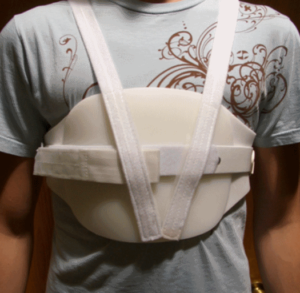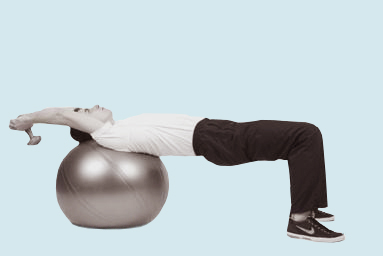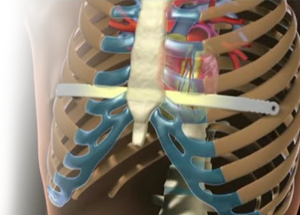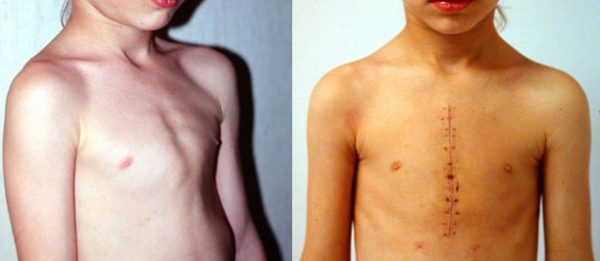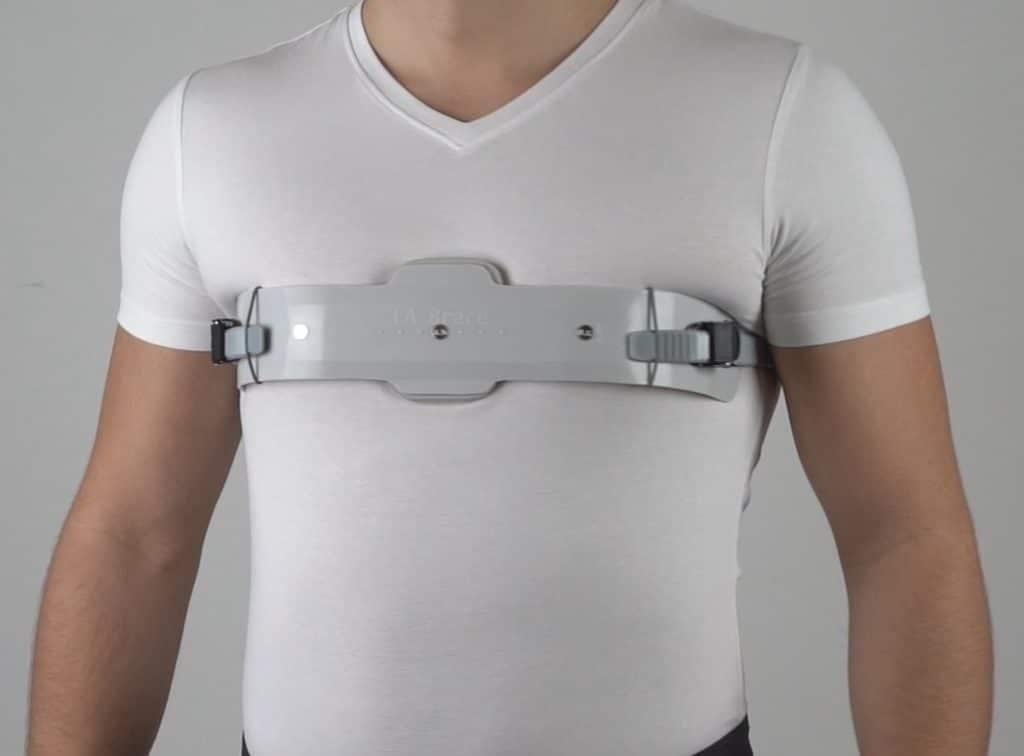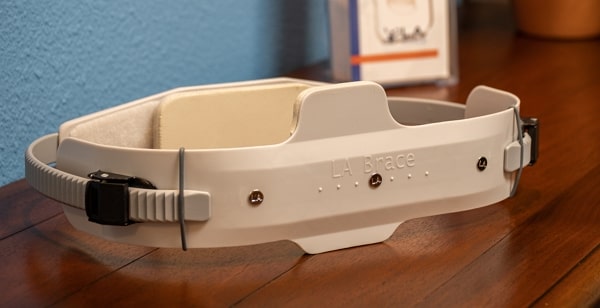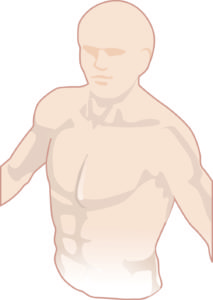
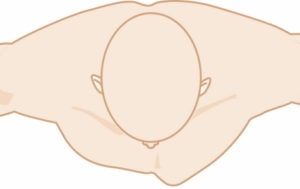
Pectus Carinatum (PC), sometimes referred to as “pidgeon chest” is a deformity of the chest characterized by an outwards protrusion of the chest. It occurs when the breast bone (sternum) is getting pushed outwards by the growth of the ribs and/or sternum itself. The cause of Pectus Carinatum is not fully understood but appears to be genetic. It develops during the growth spurts of adolescence children and it is more common in boys than girls in the ratio of approximately 3:1. PC is more rare than the other chest deformity called Pectus Excavatum (PE) in which the chest collapses inwards. PC deformity usually occurs during growth spurts and the growth plates in the sternum and ribs cause the sternum to start protruding outwards. It is most severe during the adolescent growth spurt. Once the child has finished growing the deformity will not usually increase. Treatment is most effective when done prior to the end of growth but appropriate pectus bracing can be at least partially effective on adults. PC is more often asymptomatic. However, when symptoms do occur, they may include chest pain, fatigue and frequent respiratory infections. If untreated, adults with more severe deformity can experience increasing symptoms over time. Adults with PC will often do body building exercises to help to hide the deformity. Although these exercises can be effective in reducing the appearance of PC, the actual ribs and cartilage of the chest wall are not improved by exercises.
Pectus Carinatum can take on many different forms – See Types of PC for more information.

